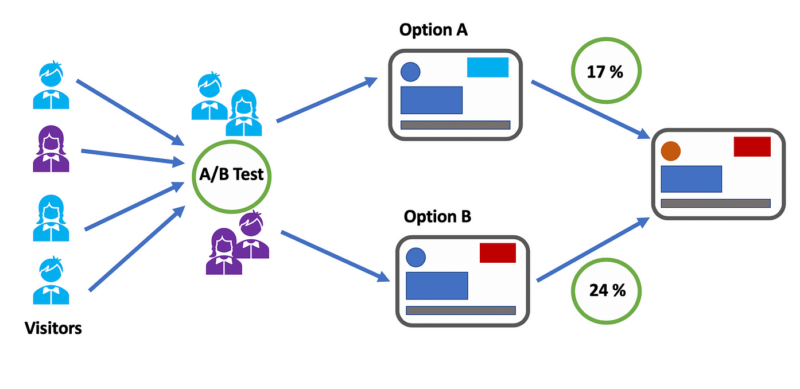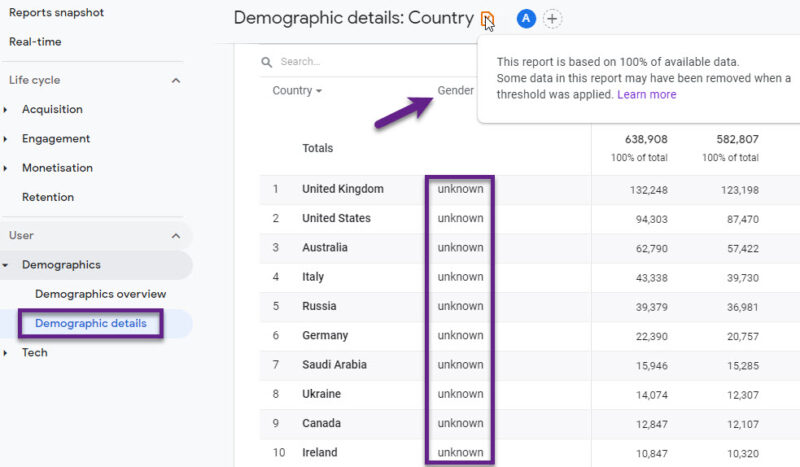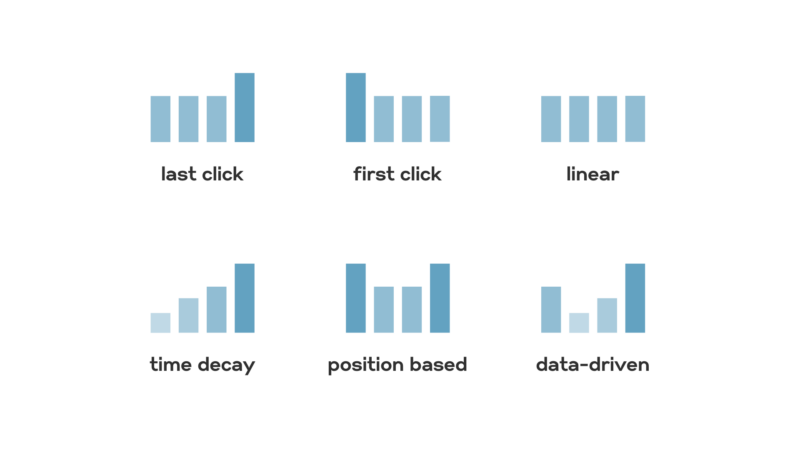You know how sometimes websites or apps have different looks? A/B Testing Strategies let you compare two versions to see which one works better at getting people to do stuff like click buttons or buy things.
It shows businesses what their customers like so they can get them to take action. It tests a control (A) version against a variant (B) version to measure which one is most successful based on your key metrics. But you have to do A/B testing properly, or else your decisions won’t be smart – they’ll just be guesses!
This article will explain the right A/B testing strategies. Follow these, and your digital marketing will get way better results. Does that make sense? A/B testing is about finding out which website or app version performs best, but only if you test it correctly using data. We’re going to cover the best strategies for doing that. Any other questions before we get started?
Forming Hypotheses
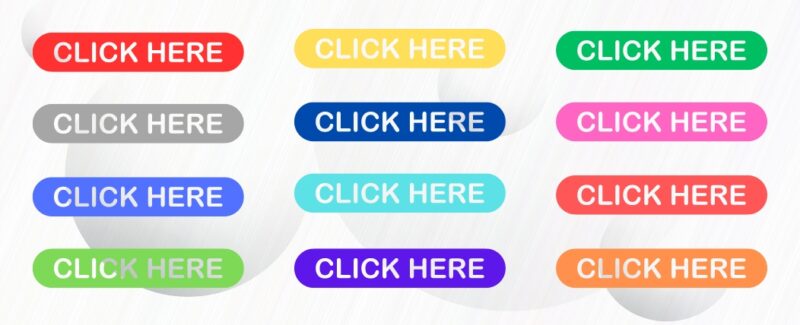
Before you start any A/B test, you need to have a clear idea of what you’re trying to test. A hypothesis is a statement about what you think will happen. For example, if you notice people aren’t clicking on a button on your website, you might think changing the color of the button will make it more noticeable and get more clicks.
Your hypothesis gives your A/B test a clear goal. Make sure your hypothesis is specific, measurable, and something you can actually test.
What to Test
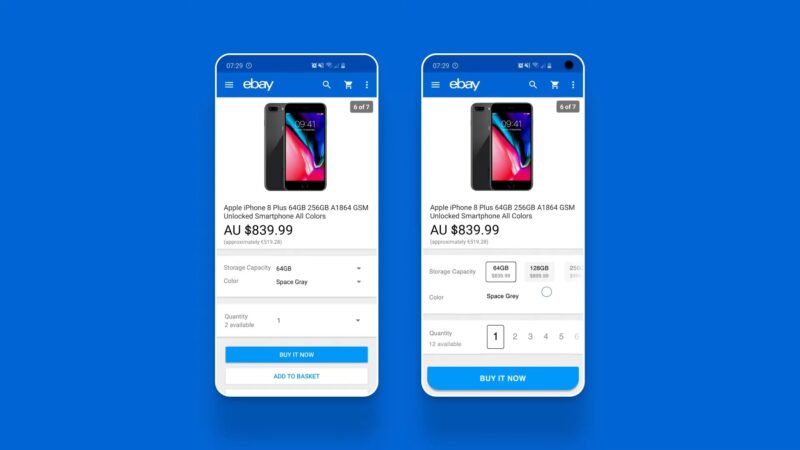
Deciding what to test is an important step in A/B testing. Common things to test include titles, images, call-to-action buttons, and page layouts. Choose things that are most likely to affect how people use your website or app.
It’s best to test one thing at a time so you can see exactly what caused the difference. Prioritize your tests based on how much of a difference you think they’ll make and how easy they are to do.
Running Controlled Experiments
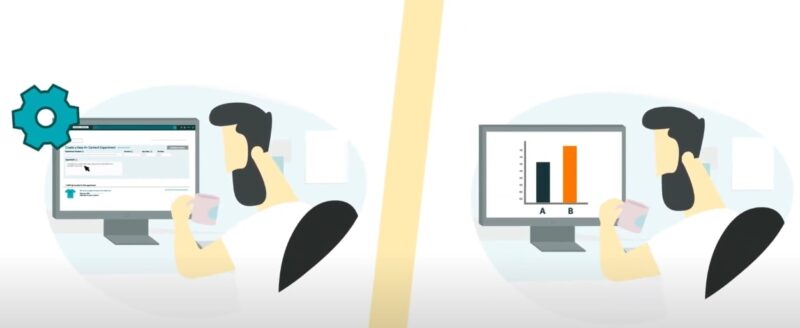
A/B testing works best when it’s done like a controlled experiment. This means you randomly split your audience into two groups: one group sees the original version, and the other group sees the changed version.
Make sure the two groups are similar in size and demographics so the results aren’t skewed. Running controlled experiments helps ensure that any differences you see are because of the changes you made, not other factors.
Analyzing the Data Accurately

Data analysis is crucial for A/B testing. Once you’ve run the test for long enough, you’ll need to look at the results to see which version performed better. Look at things like conversion rates, click-through rates, and how engaged people were.
Use statistical methods to check if the differences are significant, meaning they’re unlikely to have happened by chance. Analyzing the data accurately helps you make informed decisions.
Improving and Optimizing
A/B testing is an ongoing process. Once you’ve found a winning variation, implement it and keep testing other things to keep optimizing your digital experience. Continuous testing and optimization help you stay ahead of changes in how your customers behave and what they want. Keep track of your tests and what you learn so you can use that knowledge for future tests.
Avoiding Common Mistakes
There are some common mistakes to avoid with A/B testing. One is not running the test long enough to get enough data. Another is not looking at different groups of users separately. Different types of users may respond differently to changes.
Lastly, don’t make changes based on small, insignificant differences. Make sure your results are statistically significant before deciding to make changes.
Conclusion
A/B Testing Strategies is a great way to improve your website or app so more people will buy your stuff. First, you need to know exactly what you want to test. Then, pick the right things to change, like colors or buttons.
Run the test properly by showing different versions to similar groups of people. Carefully study the results to see which version worked better. But watch out! Don’t stop the test too soon before you have enough info.
And look at how different types of users reacted, because they might respond differently. As your customers change over time, keep testing new ideas to stay ahead of what they want. Follow these A/B testing tips, and your digital marketing will be awesome at getting people to take action!

